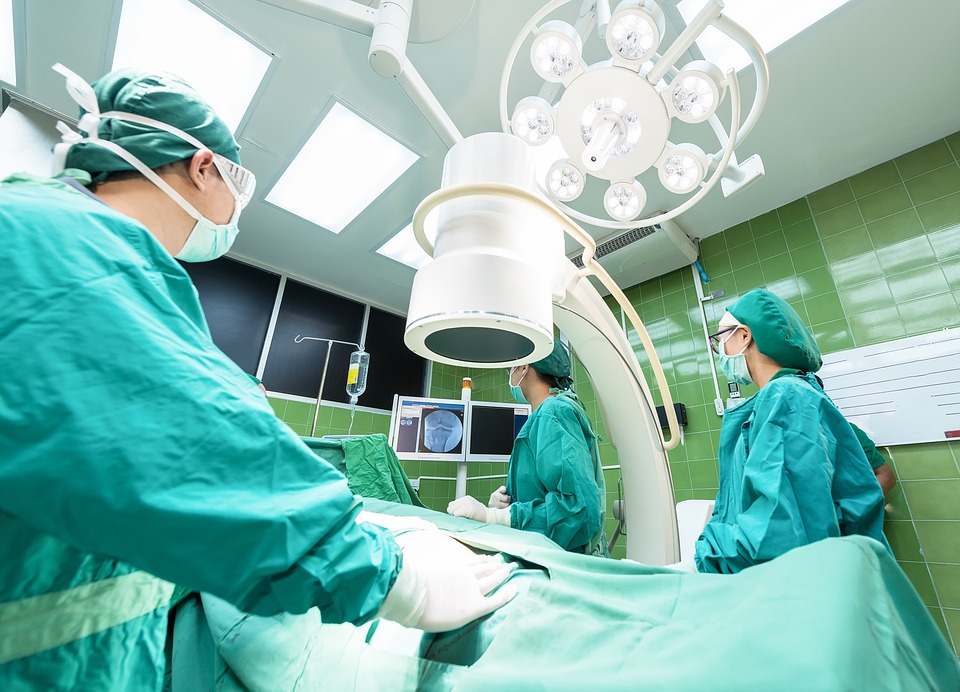At Visualise, we partnered to develop a collection of VR encounters with some of the greatest names in the medical & pharmaceutical industries.
The use of VR in the healthcare sector has increased significantly, and the numerous applications which our customers need to remain fascinating and impressive. Below are some means of educating & assisting practitioners of the healthcare industry, transforming lives, and healing patients.
- Medical training
Virtual reality will take you inside the body – enter and display places that would otherwise not be reachable. Medical students are now being taught about cadavers that are difficult to capture and are not behaving in the same fashion as a live patient. However, with VR in a marvelous 360 ° CGI reconstruction, you can view minute descriptions of any aspect of the body. Medical reality is one of the leading organizations for the use of Augmented Reality in high-quality operational preparation. They record real-life surgery from various perspectives in a 4K 360° video which is then integrated with the anatomy's CGI templates, to include engaging instruction.
- Patient treatment
Robot operations are a new advancement in the use of robotic devices, including a robotic arm operated by a human surgeon. Robot operations are an important function. It decreases the risk of complications and a quicker operation during surgery. The robot mechanism is precise, which ensures fewer incisions, decreased blood loss, and quicker regeneration. also in mental health, The special ability of VR to move you to another position can be used for effective simulations of psychological problems. A psychiatrist no longer has to follow a patient on a ride to a busy mall or to a big house, for instance. Settings that cannot be re-created, such as flies and harrowing experiences, at the click of a mouse, can be conjured up. In the consultation room, the in-situ coaching is so successful with so many disorders with the simulations difficultly graded and replicated as frequently as possible. In addition, VR was used to minimize memory loss, support disabled children in the classroom, and generate evidence for studies on dementia. the important part is Pain Management & Physical Therapy for Patient which is working by VR. The complete VE immersion for those attending physical therapy during skin grafting serves as a distraction, which then decreases pain thresholds for patients, was discovered by a report by the University of Washington and the UW Harborview Burn Center. Allowing the patient to exercise in a simulated world makes it more comfortable, retains the patient's concentration, and lets them hold their heads up over a long time of rehabilitation.
- Medical marketing
Marketing has become the most common initial application of VR in all sectors and remains an effective and productive method for marketing. for example, Migraine patients picked the signs from their migraines and then turned over the VR headset to their non-migraine patient companion, but without the discomfort, to experience a migraine on their first hand. Any of the symptoms of the migraine were mirrored with the headset, including blind spots, auras, light exposure, headbox, and distortion. GSK has now launched an app update so that anybody can download it on their smartphone and try it. AbbVie also created expertise in pharmaceutical research and development to sensitize health care providers to the everyday challenges of people with Parkinson's disease.
for more information:https://visualise.com/virtual-reality/virtual-reality-healthcare#
